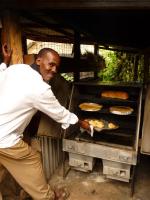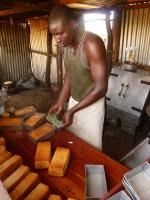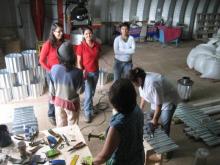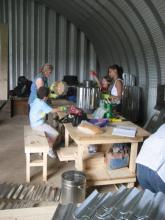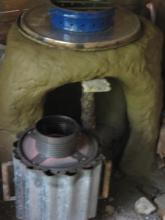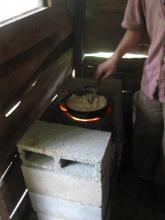Leslie Cordes, Global Alliance for Clean Cookstoves December, 2010

Dear Colleague:
We would like to invite you to participate as a Core Member of the Technology and Fuels Working Group of the Global Alliance for Clean Cookstoves. These working groups will provide an excellent opportunity for Alliance partners to help shape the future direction of the Alliance as we define our strategic vision for the next few years, and we welcome your active input and engagement.
The Alliance was launched in New York City this September with a commitment to saving lives, improving livelihoods, empowering women, and combating climate change by creating a thriving global market for clean cookstoves. Since the launch, we have begun a range of activities to help achieve our ambitious interim goal of having 100 million homes adopt clean and efficient cookstoves and fuels by 2020.
As a critical step toward this ambitious undertaking, the Alliance is establishing nine working groups charged with identifying and prioritizing a suite of critical steps necessary for the sector to reach a ‘tipping point’. These outputs will form the basis of both a public ‘Clean Cookstoves Sector-wide Priorities Report’ (or less glamorously, a ‘to-do’ list) as well as the long-term strategic plan of the Alliance. We envision these documents will serve in a sense as the first-ever sector-wide roadmap on how to take clean cookstoves to scale in the developing world.

